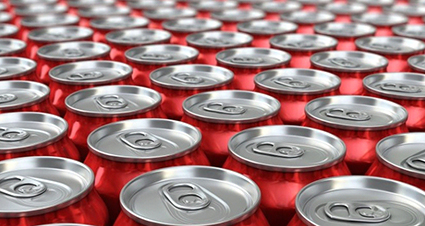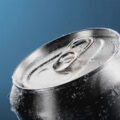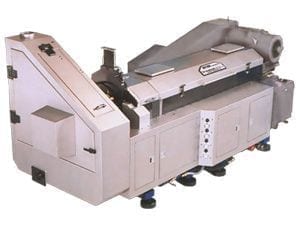Understanding and Addressing Fractured Domes in Aluminum Beverage Cans
Introduction
In the aluminum beverage can manufacturing industry, maintaining high quality and minimizing defects are crucial for ensuring customer satisfaction and reducing waste. One such defect that can occur during the production process is known as a fractured dome. This article will delve into the causes, detection, and prevention of fractured domes in aluminum cans.
Fractured Domes: An Overview
A fractured dome is a defect that occurs in the bottom section of an aluminum can, where the dome-shaped part is cracked or split. This defect compromises the structural integrity of the can, leading to potential leaks and rendering the can unsuitable for use.
Causes of Fractured Domes
- Cup Quality: The quality of the cup, which is the initial cylindrical shape formed from the aluminum sheet, plays a significant role in the formation of defects like fractured domes. If the cup is not properly formed or has inconsistencies in its material, it can lead to issues during the subsequent forming processes, resulting in defects.
- Die Lubrication System: Proper lubrication is essential for the smooth operation of the forming dies used in the production process. Insufficient or inconsistent lubrication can cause increased friction between the metal and the dies, leading to fractures in the dome area.
- Forming Process: The forming processes, such as bodymaking, can also contribute to the formation of fractured domes. If the forming tools are not properly aligned or maintained, they can cause undue stress on the metal, resulting in cracks and fractures.
- Metal Quality: The quality of the aluminum used in the production of cans is another factor that can influence the formation of fractured domes. If the metal has impurities or inconsistencies in its composition, it can lead to weak spots that are more susceptible to fractures during the forming process.
Detection and Troubleshooting
To identify and address the issue of fractured domes, it is essential to follow a systematic troubleshooting procedure:
- Collect and examine several examples of defective cans with fractured domes.
- Separate the cans according to the bodymaker that produced them, using the identification mark made by the bottom form die along the edge of the dome.
- Estimate the rate of production of defective cans during the sampling period.
- Investigate potential causes, such as cup quality, die lubrication system, forming process, or metal quality.
Prevention and Remediation
To prevent and remediate fractured domes, it is crucial to address the underlying causes:
- Ensure proper cup formation and quality by monitoring and maintaining the cupping press and its components.
- Regularly inspect and maintain the die lubrication system to ensure consistent and adequate lubrication.
- Monitor and maintain the forming tools and processes to prevent misalignments and other issues that can cause stress on the metal.
- Use high-quality aluminum with consistent composition to minimize the risk of weak spots and fractures.
Conclusion
Fractured domes are a critical defect in aluminum beverage cans that can compromise their structural integrity and render them unusable. By understanding the causes of this defect and implementing a systematic troubleshooting and prevention strategy, manufacturers can minimize the occurrence of fractured domes, improve overall can quality, and reduce waste in the production process.














